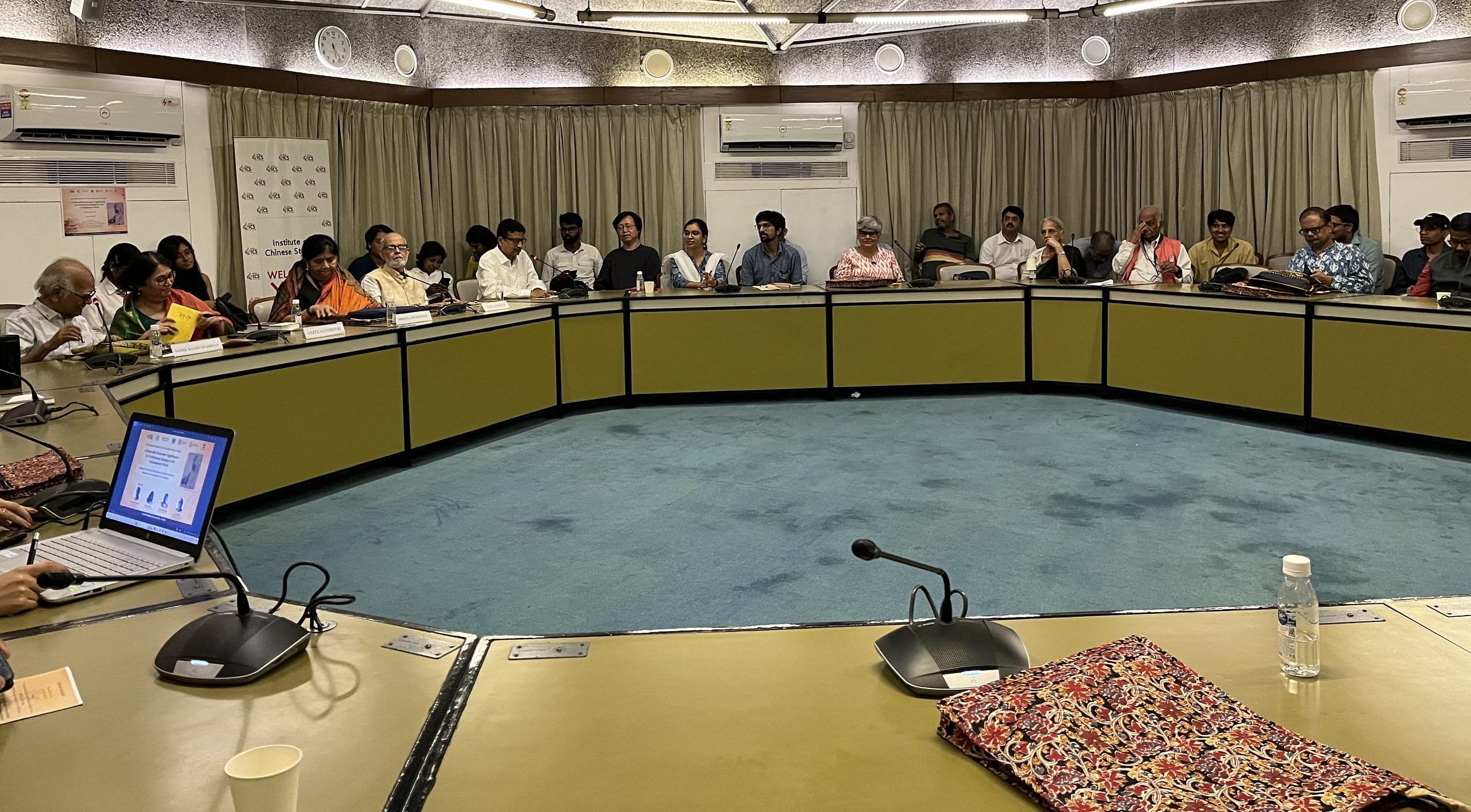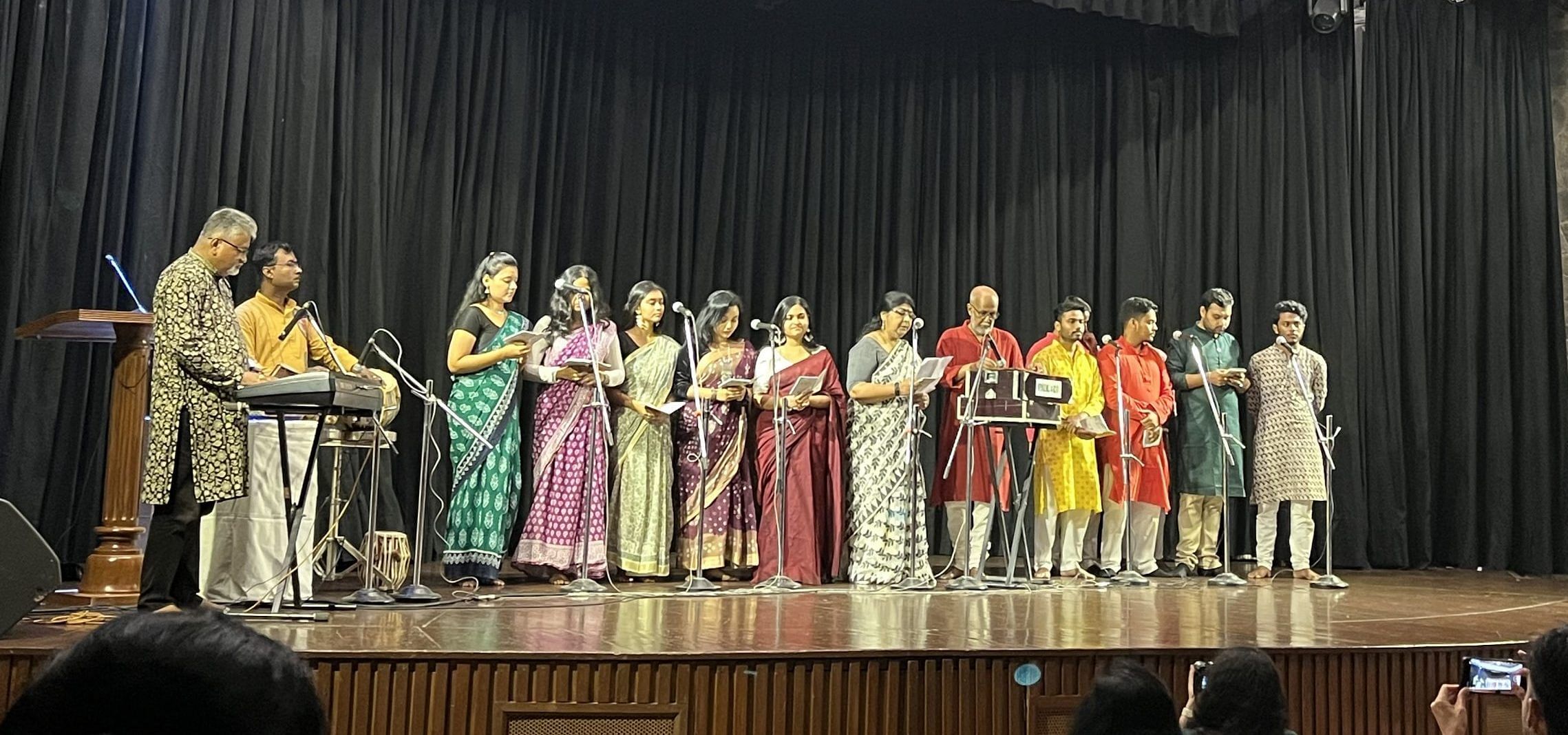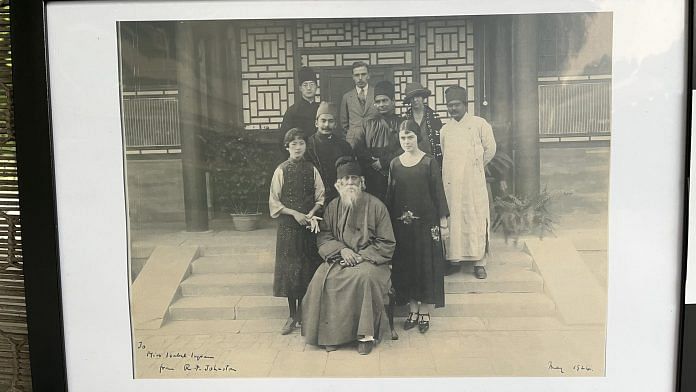New Delhi: Xiao Xingzheng, a professor at the College of Foreign Languages and Culture at Xiamen University, had an extraordinary mentor: Rabindranath Tagore, whose influence looms large over all his poetic enterprises. The tenor, tone, and themes of Xingzheng’s work each has a hint of Tagore’s impact.
Tagore has been deified in India. He has grown into an eclectic mix of sage, scholar, artist, and the embodiment of perfect politics. But, as a centenary celebration of Tagore’s visit to China at Delhi’s India International Centre showed, his influence not only ran deep—it also ran wide. Tagore’s visit to China marked a new phase of ‘civilisational dialogue’: the evergreen quest of transcending petty politics and melding together different cultures, all the while appreciating their differences.
“It’s social and cultural forces that rule civilisations, not politics. Kings came and went. But what did society do?” asked Udaya Narayan Singh, chair at the Amity Centre for Linguistic Studies. He was previously at Visva Bharati, founded in 1921 by Tagore as a literal solidification of his beliefs.

His question was answered by Xingzheng and the others who presented papers at the event—each was a testimony to the success of Tagore’s experiment in fostering cultural dialogue. His influence continues to inspire generations, regardless of geographic barriers and political inclinations.
“When a summer intruded into our solitude/we would open our eyes and smile/and see an egret spread its wings in the sky,” reads one of Xingzheng’s poems. “It’s kind of mystical,” he said, referring to Tagore. The mysticism and invocation of nature in his work are all odes to Tagore. Xingzheng has also translated Gitanjali into Chinese.
Another Chinese scholar, Wei Liming, expressed gratitude that wasn’t his alone but belonged to an entire university. The Ramayana has been taught at Peking University for the past 20 years, and Yoga is practised both recreationally and as a way of life. Liming was quick to remark that she herself has lost 10 kg courtesy yoga, prompting a few chuckles.
It’s almost as if Tagore exists in corporeal form, visible in songs, theatrical performances, and the overarching ethos that governs the university and many of its scholars. However, as became evident from a question asked by an audience member, this was not a reciprocal equation; Tagore had no Chinese counterpart. While he was unequivocally committed to inter-civilisational dialogue, there was no Chinese poet or scholar who singularly inspired him.
As reiterated several times during the event: “He was an early proponent of combining the East and the West, of a civilisational meeting of races,” said Uma Das Gupta, who presented a paper titled ‘What was Rabindranath Tagore looking for from his dialogue of China.’
What has slowly become a widespread belief is something Tagore understood all along: the West is not the cultural or geopolitical centre of gravity. The centre is nebulous, formed through the amalgamation of several entities. This was not a stodgy precept but a governing principle—Visva Bharti was a melting pot. Tagore invited academics from the Sorbonne in France and envisioned scholarship on a larger scale. ‘Asian Culture Studies,’ as opposed to simply India.
“Tagore’s curiosity rose from an early impression. In 1871, at the age of 60, his father travelled to China,” said Das Gupta.

Celebrating connections: Tagore and China
In this day and age of tension, links between the two nations can be found everywhere—many emerging through Tagore. In Delhi’s Modern Art Gallery, there’s a painting by Tan Yunshan, also known as the Chinese Mahatma, who founded Cheena Bhavana, the oldest centre for Chinese studies in the Indian subcontinent.
The intimacy of these ties was expressed through a series of photographs displayed at IIC. They showed Tagore sitting stoically, surrounded by sombre-faced groups of admirers.
“Your influence suggests the very return of spring, as sudden and marvellous,” wrote Chinese poet Xu Zhimo in a letter to Tagore. “Your poems have coloured our warp of thinking and feeling; have revealed new possibilities in our otherwise lurid and rigid language.”
The event culminated in a performance of Rabindra Sangeet and Tagore’s Postmaster, one of his well known plays. Audience members of all ages appeared enraptured, a clear indication that Tagore has stood the test of time, transcending not only geographical barriers but also artistic forms.
He also pioneered some. “We have Rupi poet’s Instagram poetry today. But Tagore did it first,” said Narayan Singh.
(Edited by Prashant)






